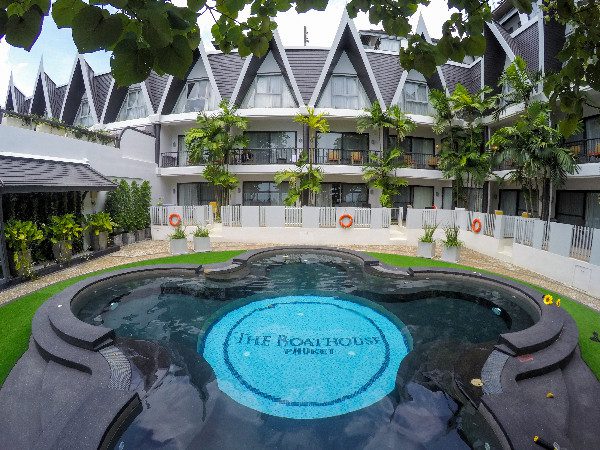PHUKET, 24 February 2020; In Phuket’s historic old town, a different world presents itself. A surprising counterpoint to the island’s internationally renowned beach scene, Phuket town is a world unto its own, filled with history, culture, and rich culinary heritage.
Phuket isa mountainous island covered in forests and rubber plantations and surrounded by the warm waters of the Andaman Sea. With sandy beaches and abundant sea life, tropical paradise attracts pleasure seekers from all over the world. Yet, it was a very different reason that drew early migrants to Phuket—they migrated here in the search for tin.
As far back as the early 1800s, Phuket’s lucrative tin mines attracted immigrants from China, Penang, Malacca, and other parts of Southeast Asia. As with the European and Arab traders, the Chinese pioneers brought with them their customs, food, art, and religion, adding to the mishmash of culture that has made Phuket so wonderfully rich.
Most of this culture can be observed and experienced in Phuket town, where the early migrants settled. These voyagers had built grand mansions, lively markets, and intricate temples that reminded them of their homelands.
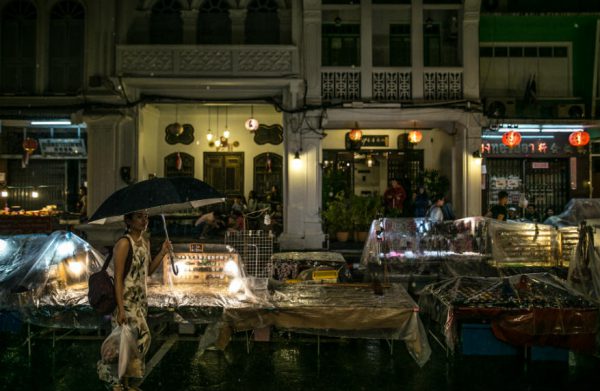
Take a walk around Phuket town today, and you can still see reminders of this glorious past—century-old temples take their place alongside beautifully constructed Sino-Portuguese shophouses, many of which have been converted to hostels, cafes, family-style restaurants, and even ice-cream parlours. It is worthwhile wandering into some of these narrow and long shophouses. In times gone by, traders used the front of these ornate shophouses to go about their businesses, and the back of the building to house their families. There is usually an open-air courtyard inside too, to allow for ventilation in the humid tropical heat.
The main drag of Phuket Town is Thalong Road, which cuts the town centre from east to west. Today, it remains the historical heart of old Phuket, with rows of beautifully restored shophouses on both sides of the road. Walking along Thalong Road is just like stepping back in time. The old-world charm is palpable.
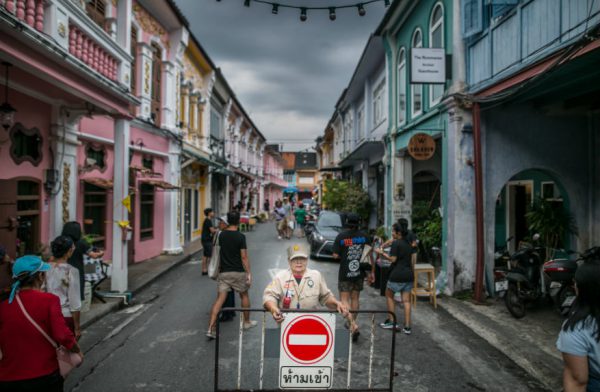
On Sundays, Thalong Road takes on a different air. The road is closed off to traffic from 1600 to 2200, giving space to over 150 stalls to set up their business right on the road.
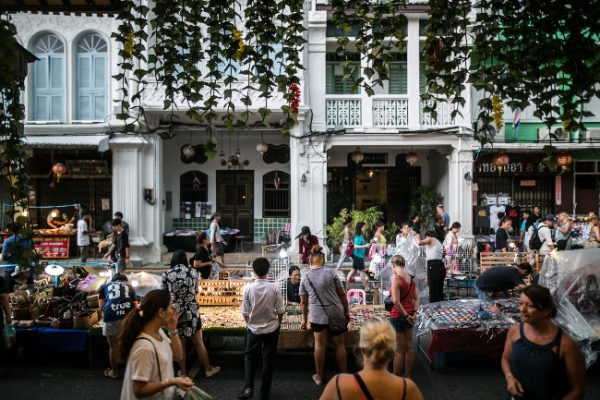
These stalls sell everything from handmade souvenirs to local street snacks and desserts like coconut ice-cream, fried chicken, fishball, fried quail egg, and even horseshoe crab salad. But perhaps what makes this Sunday walking street most special is its creative energy. Here, many young Thai artists were putting up street performances, and creative types were showcasing their novel designs and ideas. (Even though it poured when we were there, the industrious stall owners were still peddling their wares!)
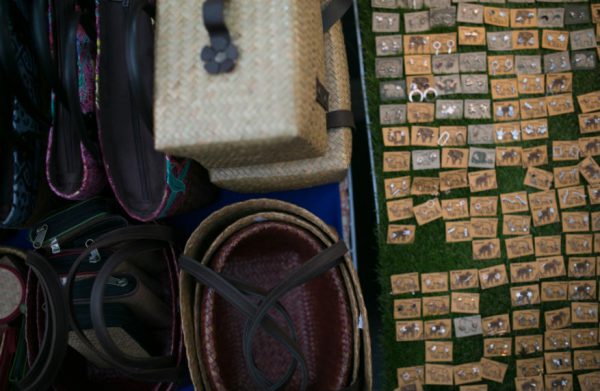
Besides Thalong Road, there are also little lanes called sois that lead to even more curious and interesting finds. The best way to explore these sois is to wander around. But don’t miss Soi Romanee. This narrow street is laden with a colourful history. If the walls of the shophouses lining Soi Romanee could talk, they would tell you stories of a time when the area was a well-known red-light district. This was where tin miners came looking for other pleasures. Today, atmospheric Soi Romanee is one of Phuket town’s most photographed streets.
To enjoy a panoramic view of Phuket Town, head to Khao Rang. Rising just 140 metres above sea level, Khao Rang is a short ride away by car and provides a wonderful view of Phuket Town, the tranquil onshore islands, Chalong Bay, and even the Big Buddha, one of Phuket’s most iconic landmarks covered in glorious white Burmese marble and measuring 45 metres tall. There is also a statue of Ratsada Korsimbi Na Ranong on Khao Rang itself. Ratsada was a governor of Phuket who modernised the tin mining industry, helping to shape Phuket Town and the rest of the island.
On the culinary front, Phuket has come a long way too. It was the first Asian city to be named by UNESCO as a City of Gastronomy. To give you a flavour of what this world kitchen has to offer, check out “Food Places in Phuket You Won’t Get Tired Of’ as you will discover some of the most well-loved food places. It’s an insider’s guide to the timeless tastes of old Phuket.
You may also like ‘Food Places in Phuket You Won’t Get Tired Of’ at http://bit.ly/food-in-Phuket-TTRWeekly
Where To Stay
The Boathouse Phuket at http://bit.ly/BoathousePhuket-TTRWeekly
